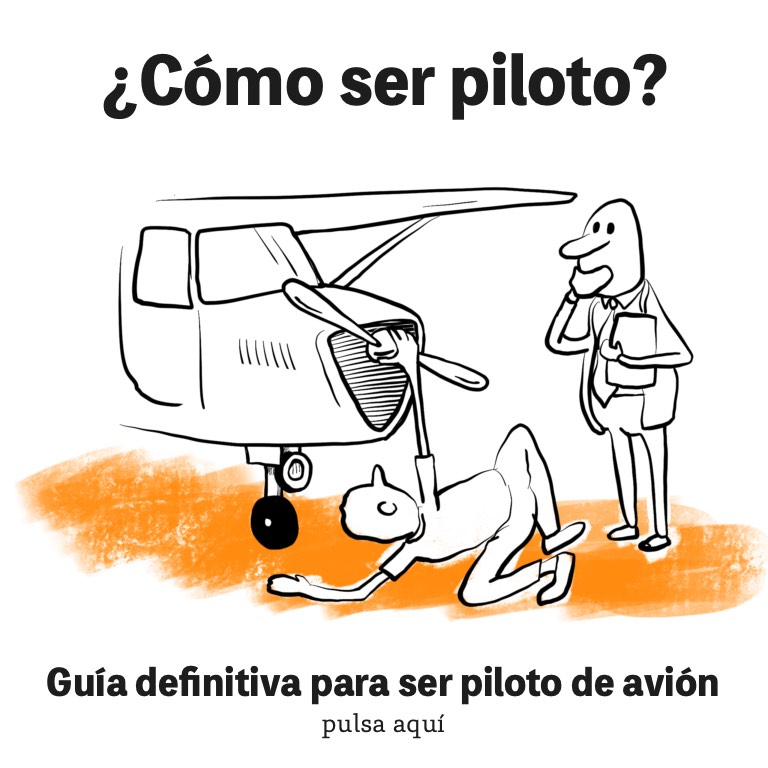 Having a simulator in China? This is one of the main items you want to prepare well. There are a lot of rumors about SIM assessments in China. How to get a good preparation for your simulator check? Keep reading.
Having a simulator in China? This is one of the main items you want to prepare well. There are a lot of rumors about SIM assessments in China. How to get a good preparation for your simulator check? Keep reading.
First of all each Airline has its own profile, however, there are some common Emergencies and Procedures that are always included in the profile. This it is not a walk in the park but it is perfectly manageable to pass.
This article will give you concise and detailed information about the main highlights you have to review. Also some tips about peculiarities in China and the Airline. This will improve your preparation and your confidence.
SIM General Description
There are different Simulator Assessments/checks throughout your Screening Process.
1The first SIM check is done by the Airline and it is usually a straightforward assessment and it will take around 45 mints average per Candidate.
2The second SIM is conducted by a CAAC examiner and it is your ATPL check ride. The CAAC SIM is harder than the assessment done by the Airline and it takes a full 4 session for 2 Candidates, however, most of the times it will take less than a full session.
3The third SIM check ride is usually done by a designated CAAC examiner, who belongs to the Airline. The profile of this one is an annual Periodical Check. It is similar to the ATPL but the level of expectation can be a little stricter. Don’t worry you will have 2 simulator training sessions before the check, with an airline instructor together with your simulator partner.
Please find below a detailed description of each SIM check.
Note: info regarding the SIM checks is based on the usual profiles performed until now. Profiles may differ according to the Airline or examiner criteria.
SIMULATOR PROFILES
1ST SIM: Airline Assessment
Scenario: SHA RWY36L, 25 KNOTS X-WIND
Possible Profiles:
1 T/O, SEVERE WINDSHEAR (Follow SRS), FLAPS/SLATS FAULT during Retract, ENG FAIL, VOR 36R FULL SELECTED (LAT+VERT), LDG.
2 T/O ENG FIRE at V1+5, AP/ATHR OFF, ATC RADAR U/S, FIRE NON EXTIGSH LDG, EVACUATION
3 T/O DOUBLE FMGC FAIL after airborne, HOLDING (Raw Data), No Recovery, ALTN LAW, APP PREP, ILS OR VOR LDG DIRECT LAW
4 T/O, ENG STALL or HIGH ENG VIB, ENG SHUT DWN, ILS APP 36R CIRCLE TO LAND 18L
Optional Items:
1+2 FCU, 1+2 RA, 1 ENG OUT+FIRE on FINAL (Live ENG), TCAS RA, Visual APP, GO AROUND below minima (Visual Ref lost, Screen goes blank), FUEL LEAK, ADR 1+3
2nd SIM: CAAC ATPL CHECK
SHA R36, X-WIND 25 Knots, CAT 1 VIS (RVR 550mts)
Chinese Domestic Operations are CAT 1=550mts RVR for LDG/400mts RVR for T/O or Chart Minima if greater. Bear in mind to mention a T/O alternate if before T/O conditions downgrade below 550RVR.
Candidate 1 and 2 (Sequence depends on the CAAC Examiner)
Taxi in LVP for RWY36L at ZSSS (SHA)
T/O 36L 25Knots X-WIND. Check RVR
WINDSHEAR (SEVERE) btn 200–500 AGL , follow SRS, Keep CONF, Out of W/S alpha floor-TOGA locked, disconnect ATHR, watch out to avoid Flaps Overspeed.
CLB OUT- TCAS RA (multiple TFFC)
10,000 ft- ALTN LAW (FAC’s OFF)- STEEP TURNS 45o, Bird ON, ATHR? (Instructor Request ON or OFF)
FL350- EMGY DESCENT. Try to turn Right (if you forget, they won’t fail you for that)
Reposition- DOUBLE HYD (G+B) or (G+Y): Get Familiar with this, take a close look at the FCTM, QRH SUMMARIES and ECAM VIDEOS.
(Note: This EMERGENCY is mandatory for each candidate. You will get one of the two.)
ILS/VOR APP RWY36 R.LDG Rwy36R ZSSS 25Knots XWIND, Direct Law.
ENG FIRE V1–5, FIRE Remains, EVACUATION:
Watch the TAP VIDEO, the rhythm should be that: Slow Down and Let your PNF-F/O Read the Paper X-List slowly, make sure you don’t leave any items left (ENG Running, etc) before commencing an EVAC.
Take a Look at the FCTM and Operating Techniques. Review the QRH.
Demo to STALL, Remember to apply the NEW SOP, Pitch Down until out of STALL conditions, then apply power SMOOTHLY and as needed, avoid getting into a secondary STALL.
ENG FAIL, Review all the Options: After T/O, during APP, in CRZ and also Failures or Advisories that can lead you to a ENG Shut Down. (STALL, HIGH ENG VIB, REV UNLOCKED)
VISUAL PATTERN, ENG FAIL + ENG FIRE on the Living ENG, continue APP, Notify ATC and Cab Crew at stations, LDG-Stop on RWY, ECAM, EVAC if Req.
VOR APP36R: Remember CONF FULL at FAF or CONF3 1ENG OUT after descent CONF FULL. In China NPA is LAT+VERT SELECTED (TRK-FPA)
ILS/VOR 36R, CIRCLING RWY 18L, 2ENGs or 1ENG OUT (QRH X-LIST). Take a look at the Jepessen to see the breaking side after reaching MDA.
Optional ABN/EMGY’s:
FCU 1+2, DOUBLE FMGC, DOUBLE RA, SLATS/FLAPS LOCKED, O’WEIGHT LDG, ELEC DC BUS FAULT, FUEL LEAK, ADR 1+3
3RD SIM: AIRLINE PROFICIENCY CHECK
Scenario: ZSSS 36L, 25 Knots X-WIND, 550 RVR You will have 2 Training Sessions before this Check.
The Mandatory Items are the same as your ATPL Check, but the Checkman can be more demanding sometimes, they take into account that you had 2 training sessions.
They may include the following emergency (you will train it before):
DOUBLE ENG FAIL (Fuel Remaining), Between FL200-FL150 (APU BLEED ON) 1 ENG RELIGHT. 1ENG OUT APP and LDG.
The designated Checkman will determine how many hours of training you will need, according to this check (don’t take it too serously/personal, number of hours are random most of the time)
8 SIM Check Golden Rules
1Don’t panic if there’s no briefing before the SIM, it is normal in China; actually, don’t expect any briefing at all.
2Don’t worry if the CAAC Checkman doesn’t speak English. Sometimes there is a translator, who usually is not a pilot, so take that into account. Even if they don’t speak English they understand it and most can use ATC/aviation English.
3Don’t listen to “Urban Legends” about what they like or not in China.
4Do things the way you’ve always done before, you are already under pressure to try to change your way of flying in one Session. Don’t try to learn the Company SOP’s for the initial SIM’s, you are not supposed to know them, FLY AIRBUS SOP and Callouts.
5Don’t panic about flying in meters. They are not going to expect you to know or convert at this early stage. You will be at low levels (GND–3000 ́) most of the times, take a look at the Jepp Charts, there’s a conversion table (IAF-ILS FAF)
6Chinese CAAC has mandatory emergency/failures and optional ones like the FAA or JAA. The difference is the number of failures to be performed in a given time. Chinese instructors will combine Failures and Emergencies as much as needed to comply with the mandatory CAAC requirements.
7Be respectful with the Checkman/instructor and NEVER argue with the CAAC Checkman. The door might be half open for you; the moment you argue with the Checkman, you close and lock that door.
8CAAC Checkmen are not picky, focus on the big picture. They want to see skills too but overall they are looking for: Airmanship, Flexibility, Positive Attitude, Leadership and Situational awareness. Coordination with cabin crew is expected, but don’t try to impress with your PA’s or your elaborated briefings.
Remember, prepare for the worst, hope for the best!!
Just keep it simple and adapt yourself to the environment.
(Read more about screening in China: https://www.extracrew.com/screening-en-china-pruebas-de-acceso/)
Sources: own experience and recruiting agencies (pilot Movers)








 Redacción Extracrew
Redacción Extracrew  08/07/2018
08/07/2018 